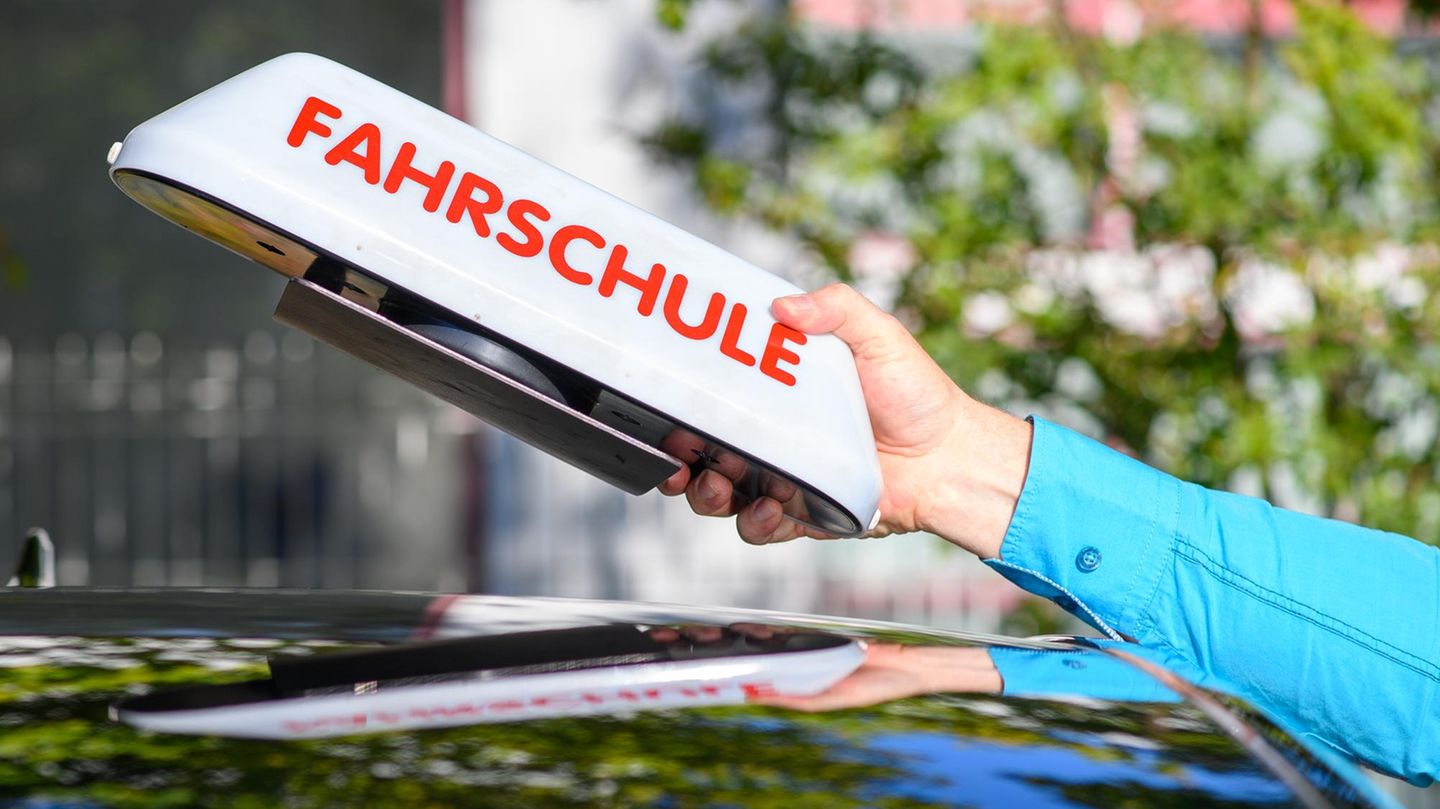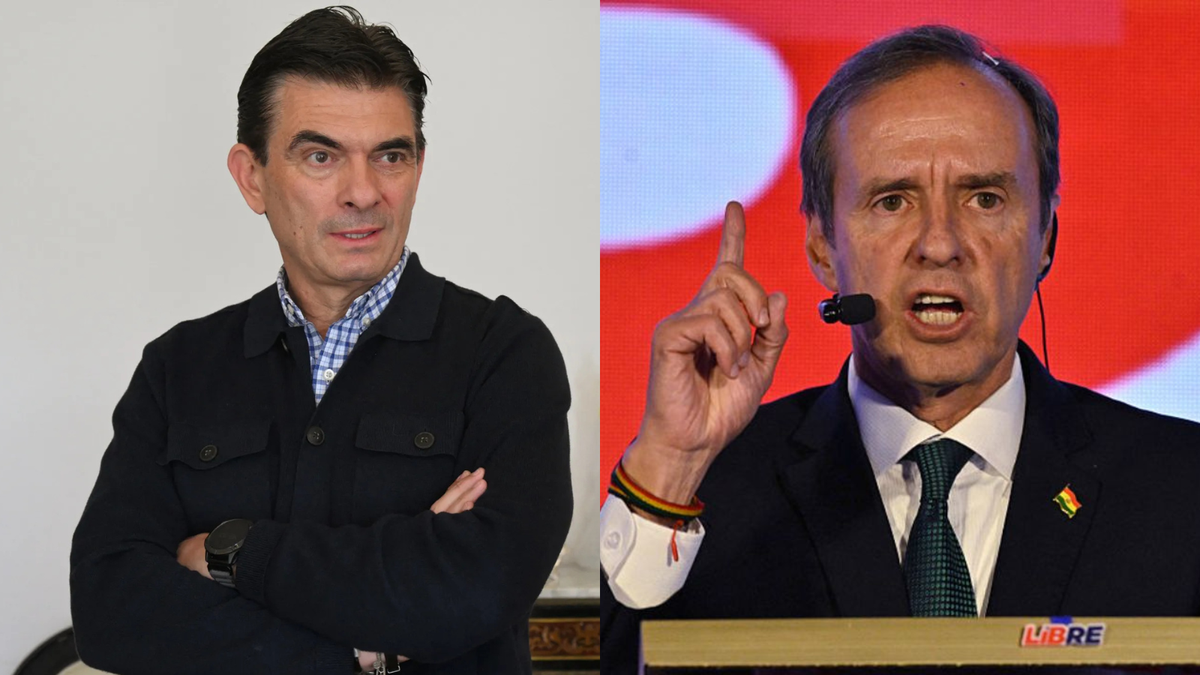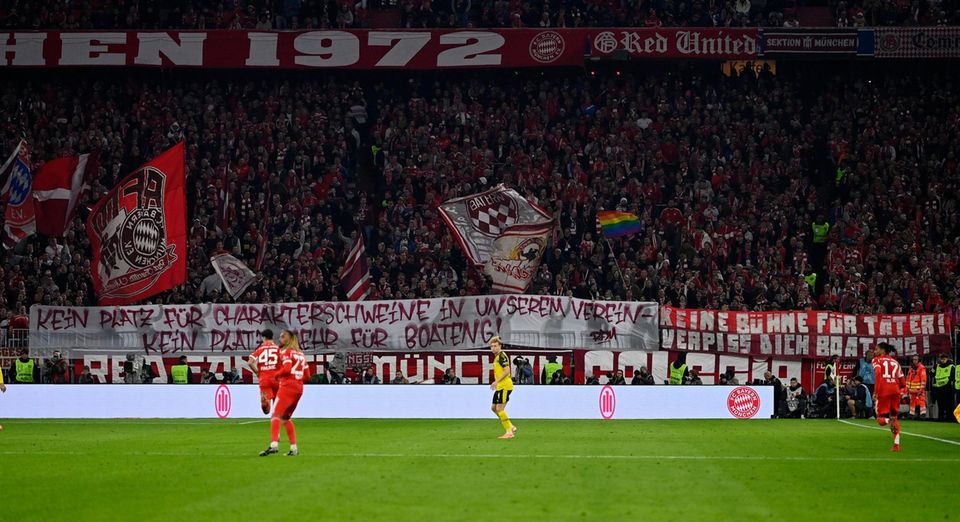Planned reform
These new rules are intended to make driving licenses cheaper
Copy the current link
Add to watchlist
Easier, cheaper, more digital – driving licenses are about to be reformed. Driver training and testing should become more flexible, modern and cost-effective.
A class B driving license costs an average of around 3,400 euros today – a price that even Federal Transport Minister Patrick Schnieder considers to be too high. In order to make the path to getting a driver’s license easier, more affordable and at the same time roadworthy, the CDU politician wants to reform driving school training.
So far they have been Face-to-face teaching, special trips and documentation requirements Driving schools strictly regulated. In the future, these areas will be more digitized, modularized and simplified. The goal: less bureaucracy for driving schools, lower costs for driving students and more safety through modern training methods. However, the quality of training and road safety should not suffer as a result of the reform, according to the ministry.
Driving licenses shouldn’t be a luxury item
“Mobility should not be a privilege,” says Schnieder in one . “The driving license is a key to your own freedom – especially in places where buses and trains don’t run regularly. For many young people in rural areas it means: coming to school, starting training, meeting friends or going to sport.”
The Ministry of Transport on Thursday presented a series of measures to reform training in driving schools:
- No face-to-face teaching: The obligation to attend face-to-face teaching in the theoretical part should be abolished. Learner drivers should be able to acquire knowledge completely digitally, for example via an app.
- Fewer exam questions: The questionnaire for the theoretical driving test currently contains 1169 questions. It should be reduced by a third. The focus should be on content that is particularly relevant to road safety.
- Less bureaucracy: In the future, driving schools will have to decide for themselves how they convey the content – in what form, order and environment. Driving schools should also no longer have to provide training rooms. This means that the states no longer have to carry out corresponding controls. In addition, documentation and recording requirements are to be significantly reduced and further training for driving instructors is to be digitized and simplified.
- Simulators: Driving schools should be able to increasingly use simulators. For example, the competency to drive a switch car should be able to be acquired entirely in a simulator. This eliminates the need for driving schools to have special shift cars available for driving schools. The test can then be completed in an automatic vehicle.
- Less mandatory special trips: The number of required special training trips (night, highway or cross-country trips) should be reduced. It should also be possible to complete some of the journeys in the simulator.
- Shorter driving test: In the future, the practical driving test should only last 25 minutes – in accordance with the minimum requirements under European law.
- Experimentation clause for lay training: In order to enable additional driving experience, it should be examined whether close people such as parents or relatives can also be involved in the practical training.
Source: Stern
I have been working in the news industry for over 6 years, first as a reporter and now as an editor. I have covered politics extensively, and my work has appeared in major newspapers and online news outlets around the world. In addition to my writing, I also contribute regularly to 24 Hours World.




